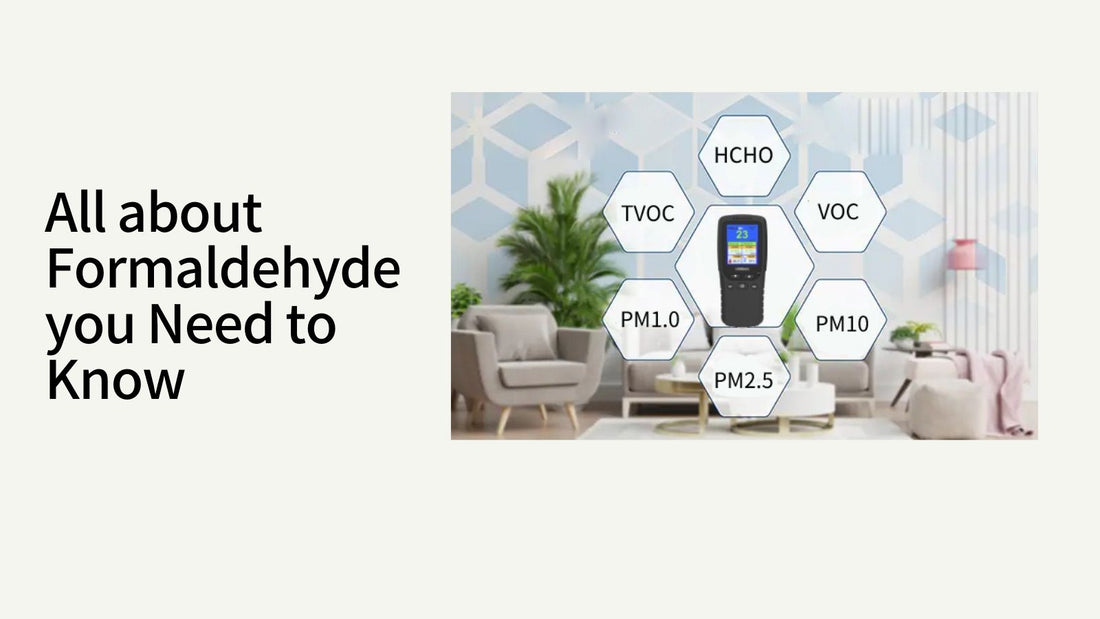Formaldehyde is a colorless gas with a strong odor that is commonly used in numerous industrial and consumer products, from building materials to personal care products. Although it is a valuable chemical in many applications, formaldehyde is also a known human carcinogen. This puts people working with or exposed to formaldehyde at risk of developing cancer and other health issues.
Forms of Formaldehyde
Formaldehyde exists in different forms that vary in their properties, which affects how they are used and their potential health effects. Some of the common forms of formaldehyde are:
-Gas: Formaldehyde as a gas is commonly used in medical settings as a disinfectant or preservative.
-Liquid: Formaldehyde in liquid form is used in industrial settings for purposes such as embalming, paper manufacturing, and as a binder in wood products.

-Solid: Formaldehyde in solid form is used in melamine-formaldehyde resins found in decorative laminates, countertops, and dishware

Health Risks of Formaldehyde
Formaldehyde is a known human carcinogen, meaning it has the potential to cause cancer in humans. When exposed to formaldehyde, people can experience a range of symptoms such as irritation of the eyes, nose, lung, and throat, coughing, and respiratory distress. Skin rashes, headaches, and nausea are also common symptoms of formaldehyde exposure.
Some Ways to Reduce Exposure
-Ventilation: Proper ventilation can help reduce exposure to formaldehyde. Open windows or use exhaust fans to improve air circulation.
1. Using Formaldehyde-Free Products
Choose products labeled as "formaldehyde-free," like wood products, personal care products such as shampoos, and nail polish.
2. Personal Protective Equipment
Wearing protective equipment like gloves, goggles, and respirators can help reduce exposure to formaldehyde in the workplace.
3. Regulation
Governments can monitor and regulate the use of formaldehyde in consumer products and industrial settings to minimize the risk of exposure, especially for workers in these industries.
4. Formaldehyde Detecting
Choosing the right formaldehyde detector can help ensure that you and your loved ones or colleagues are safe from the hazards of formaldehyde exposure.
Choosing the Right Formaldehyde Detector
Accuracy: The detector should have a high level of accuracy and sensitivity, so that it can reliably detect formaldehyde levels in the air.
Range: The detector range should cover the levels of formaldehyde that are relevant to your environment. For example, industrial settings may require a detector with a higher range than residential settings.
Power Source: Consider the power source of the detector, as well as the battery life or power consumption for continuous monitoring.
Calibration: Some detectors require calibration before use, which can impact on ease of use.
Cost: Consider the cost of the detector, including any additional features like software or data logging.
LifeBasis 8 in 1 Formaldehyde Detector, can tests 8 kinds data in same time, detection range 0 ~ 1.999mg/m³, real-time testing records and analysis with sound and color alarm, keep your family safer.
Enjoy!


